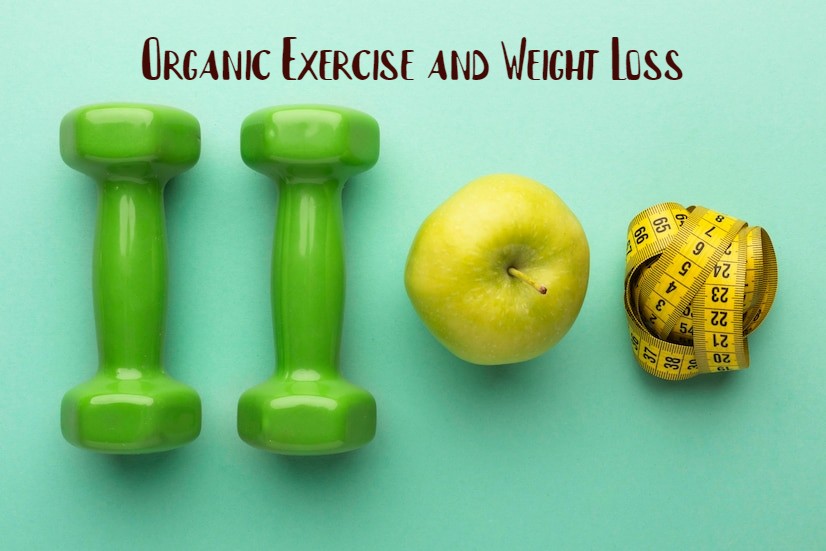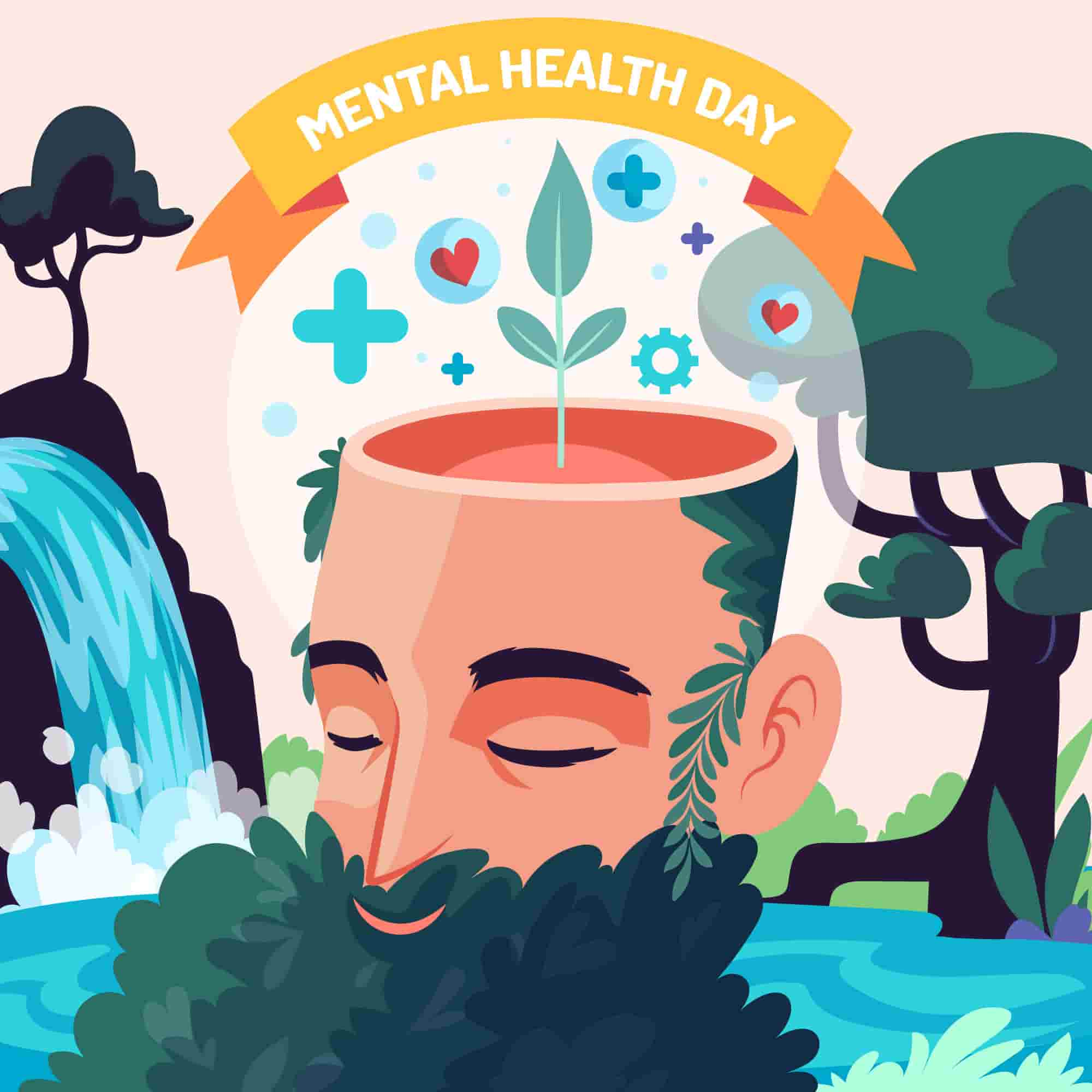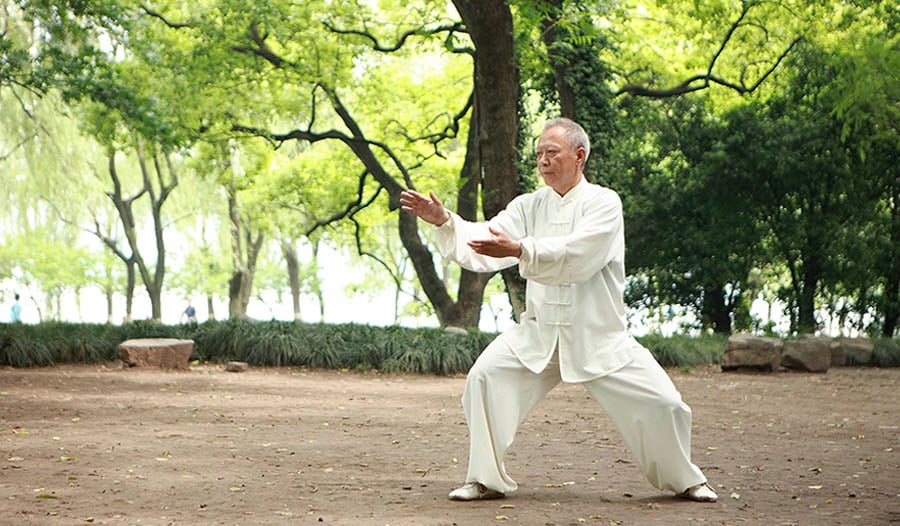Organic exercise for beginners
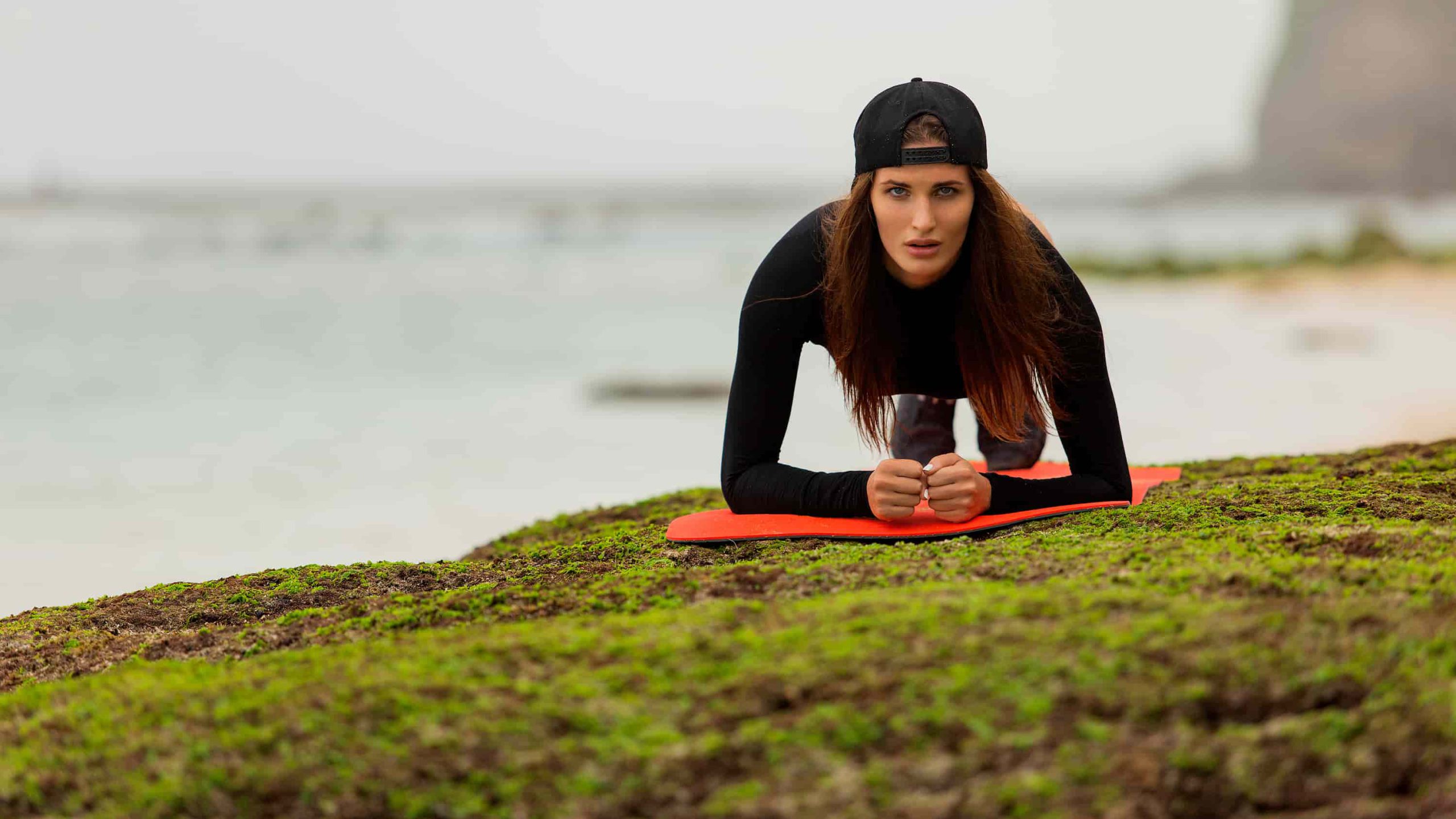
Hey there, my fellow fitness enthusiasts! Are you new to the world of exercise and feeling a little overwhelmed by all the different options out there? Well, fear not! I’m here to introduce you to the wonderful world of organic exercise for beginners. No, I don’t mean doing lunges in a field of kale (although that would be quite the sight). Organic exercise simply means finding ways to move your body that feel natural and enjoyable to you.
So, what exactly qualifies as organic exercise? Well, it could be anything from taking a leisurely bike ride around your neighborhood, to going for a hike in the woods, to dancing around your living room to your favorite playlist. The key is to find activities that you genuinely enjoy and that get your body moving in a way that feels good to you. That way, you’ll be more likely to stick with it and make exercise a regular part of your routine.
If you’re feeling hesitant about getting started, remember that it’s never too late to begin incorporating more movement into your life. You don’t need any fancy equipment or expensive gym memberships to get started with organic exercise. All you need is a willingness to try new things and a commitment to making your health and well-being a priority. So why not give it a try? I promise you won’t regret it. Keep reading my blog “Organic exercise for beginners” to learn more tips and tricks for getting started with this fun and effective approach to fitness.
| Fact | Explanation |
|---|---|
| What is organic exercise? | Organic exercise means finding ways to move your body that feel natural and enjoyable to you, such as hiking, biking, dancing, or playing a sport. |
| Why is organic exercise beneficial for beginners? | Organic exercise is a great way for beginners to start incorporating movement into their lives because it feels less intimidating than going to a gym or following a strict exercise plan. Plus, it can be more enjoyable and sustainable in the long run. |
| How often should you do organic exercise? | Aim to do some form of organic exercise at least 3-4 times per week, for a minimum of 30 minutes per session. |
| What are some tips for getting started with organic exercise? | Start with activities you already enjoy, such as taking a walk or playing a game of basketball with friends. Gradually increase the intensity and duration of your workouts as your fitness level improves. Don’t be afraid to try new things and mix up your routine to keep things interesting. |
| What are the benefits of organic exercise? | Organic exercise can help improve cardiovascular health, increase strength and endurance, reduce stress, and improve mood and overall well-being. Plus, it can be a fun and social way to stay active! |
Benefits of Organic Exercise for beginners
Organic exercise has numerous benefits for beginners, and these benefits have been studied by researchers at prestigious institutions such as Oxford University. Regular physical activity can help improve cardiovascular health, increase strength and endurance, and reduce the risk of chronic diseases such as obesity, type 2 diabetes, and certain cancers.
In addition to the physical benefits, organic exercise can also have a positive impact on mental health. Studies have shown that exercise can help reduce stress and anxiety, improve mood, and even boost cognitive function. Plus, when you engage in organic exercise, you get the added benefit of being out in nature or enjoying a fun social activity, which can further enhance your mental and emotional well-being.
So, if you’re looking to get started with exercise but don’t know where to begin, consider trying organic exercise. Whether it’s a leisurely bike ride, a brisk walk in the park, or a game of frisbee with friends, there are endless ways to move your body in a way that feels natural and enjoyable. And with the backing of research from institutions like Oxford University, you can feel confident that you’re making a positive choice for your health and well-being.
Organic exercise is a natural and sustainable way to stay active. Unlike structured workouts, organic exercise can be tailored to your needs and preferences.
Here are some of the benefits of organic exercise:
- Improves flexibility and mobility
- Increases strength and endurance
- Boosts cardiovascular health
- Relieves stress and anxiety
- Enhances mood and mental clarity
Getting Started with Organic Exercise for beginners
Before you begin your organic exercise routine, it’s important to consult with your healthcare provider to make sure you’re healthy enough for physical activity. Once you’re cleared to exercise, start by setting realistic goals for yourself. Choose exercises that are enjoyable and challenging, but not too difficult.
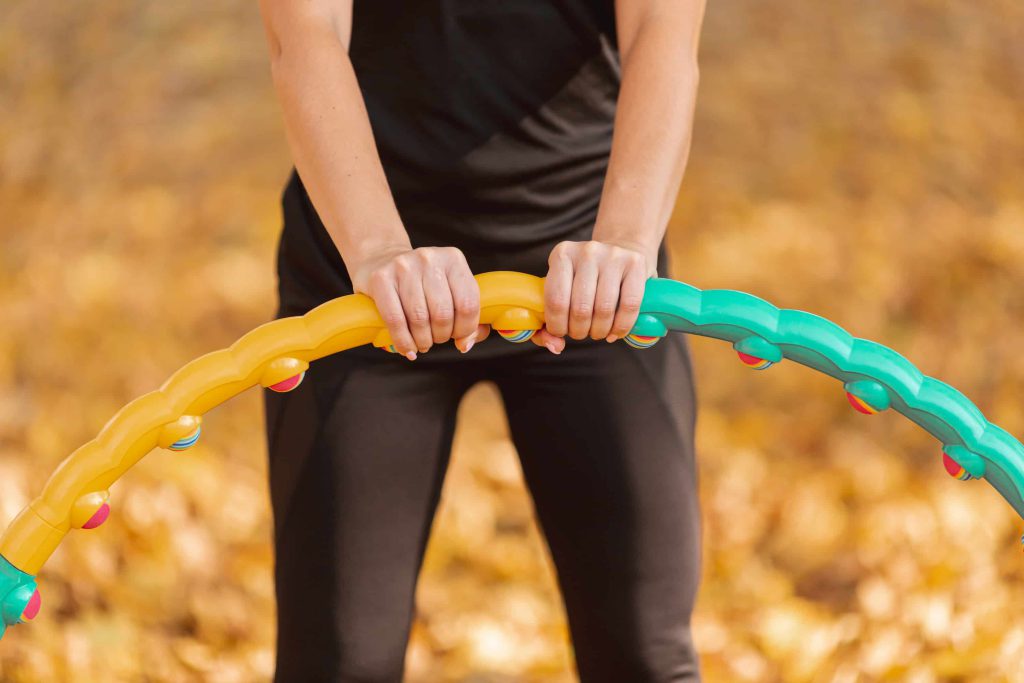
Types of Organic Exercise for beginners
Organic exercise encompasses a variety of activities that don’t require gym equipment or specialized training. Here are some types of organic exercise that are perfect for beginners:
Walking
Walking is a simple yet effective way to incorporate exercise into your daily routine. Start by walking for 10-15 minutes a day and gradually increase your time and distance.
Running
Running is a great way to improve cardiovascular health and build endurance. Start with a brisk walk and gradually increase your speed to a jog.
Yoga
Yoga is a gentle yet powerful form of exercise that can improve flexibility, strength, and mental clarity. There are many online resources for beginner yoga classes, including YouTube and fitness apps.
Bodyweight exercises
Bodyweight exercises use your own body weight as resistance to build strength and endurance. Some examples of bodyweight exercises include push-ups, squats, and lunges.
Tips for a Successful Organic Exercise Routine
To make the most of your organic exercise routine, follow these tips:
- Start slowly and gradually increase the intensity of your workouts
- Incorporate variety into your routine to prevent boredom and plateauing
- Listen to your body and rest when you need it
- Stay hydrated and fuel your body with nutritious foods
Now we will examine one of the types of Organic Exercise”
Beginner yoga exercises
Why Yoga is Good for Beginners
Before we dive into the beginner yoga exercises, let’s discuss why yoga is such a great choice for beginners. Yoga is a low-impact exercise that can be done at your own pace, making it accessible to people of all fitness levels. It also provides a range of health benefits, including:
- Improved flexibility and range of motion
- Increased strength and muscle tone
- Reduced stress and anxiety
- Improved sleep quality
- Lower blood pressure and cholesterol levels
- Improved digestion
Equipment Needed for Beginner Yoga Exercises
One of the great things about yoga is that you don’t need a lot of fancy equipment to get started. Here are the basic items you’ll need for your beginner yoga practice:
- Yoga mat
- Comfortable clothing that allows for movement
- Water bottle
- Towel
Beginner Yoga Exercises
- Mountain Pose (Tadasana)
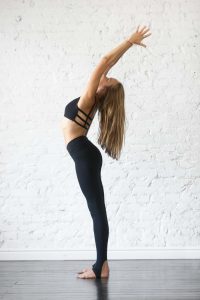
This is a great pose to start your practice with, as it helps you ground and center yourself.
- Stand with your feet hip-width apart and your arms at your sides.
- Press down through your feet and lift up through the crown of your head.
- Engage your core muscles and draw your shoulder blades down and back.
- Take a few deep breaths, feeling your body become still and calm.
- Cat-Cow Pose (Marjaryasana-Bitilasana)
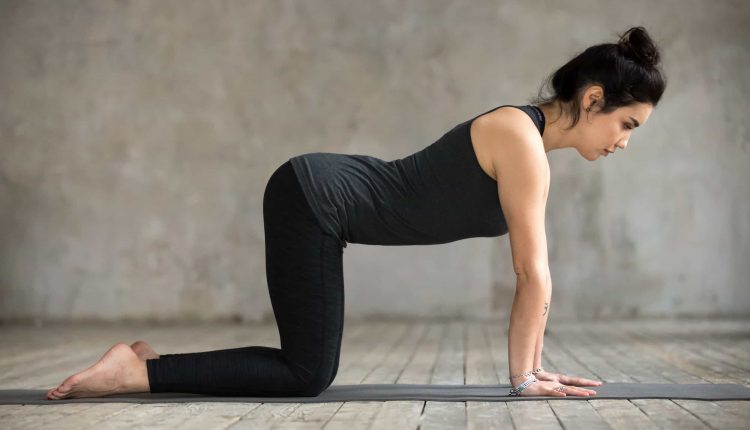
This pose helps to stretch and warm up the spine.
- Start on your hands and knees with your wrists directly under your shoulders and your knees directly under your hips.
- Inhale, arch your back, and lift your tailbone and head towards the ceiling (Cow Pose).
- Exhale, round your spine, and tuck your chin to your chest (Cat Pose).
- Repeat this movement for several breaths, feeling the stretch in your spine.
- Downward-Facing Dog (Adho Mukha Svanasana)
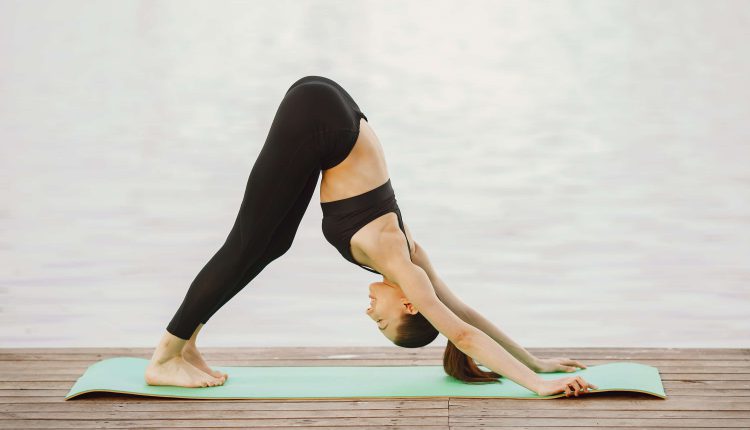
This is a classic yoga pose that helps to stretch the hamstrings and strengthen the arms and shoulders.
- Start on your hands and knees with your wrists directly under your shoulders and your knees directly under your hips.
- Lift your hips up and back, straightening your arms and legs and forming an inverted V-shape with your body.
- Press your hands and feet into the mat and take several deep breaths, feeling the stretch in your hamstrings.
- Warrior II (Virabhadrasana II)
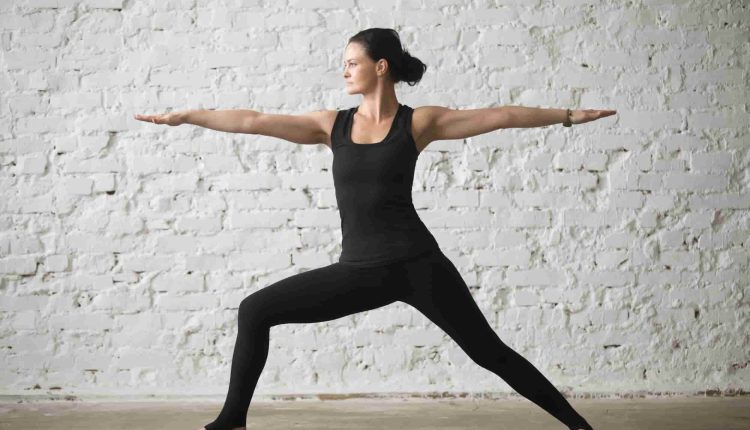
This pose helps to build strength in the legs and hips, while also stretching the inner thighs.
- Start in Mountain Pose, with your feet hip-width apart and your arms at your sides.
- Step your left foot back about 3-4 feet, turning your left toes out to a 45-degree angle.
- Bend your right knee, keeping it directly over your ankle, and extend your arms out to the sides.
- Turn your head to look over your right hand and take several deep breaths, feeling the strength in your legs and the stretch in your inner thighs.
- Repeat on the other side.
- Child’s Pose (Balasana)
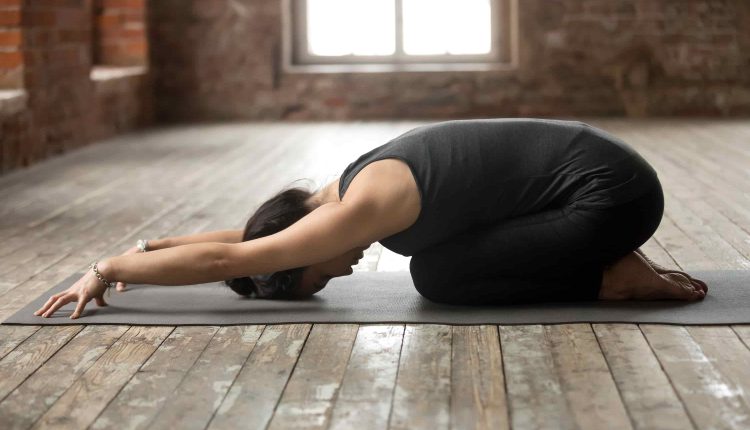
This is a gentle resting pose that can be done anytime you need to take a break.
- Start on your hands and knees with your wrists directly under your shoulders and your knees directly under your hips.
- Lower your hips back towards your heels and extend your arms out in front of you.
- Tree Pose (Vrksasana)

This pose helps to improve balance and strengthen the legs.
- Start in Mountain Pose, with your feet hip-width apart and your arms at your sides.
- Shift your weight onto your left foot and bring your right foot to rest on your left inner thigh.
- Press your foot into your thigh and bring your hands to heart center.
- Take several deep breaths, feeling the strength in your standing leg and the balance in your body.
- Repeat on the other side.
- Bridge Pose (Setu Bandha Sarvangasana)
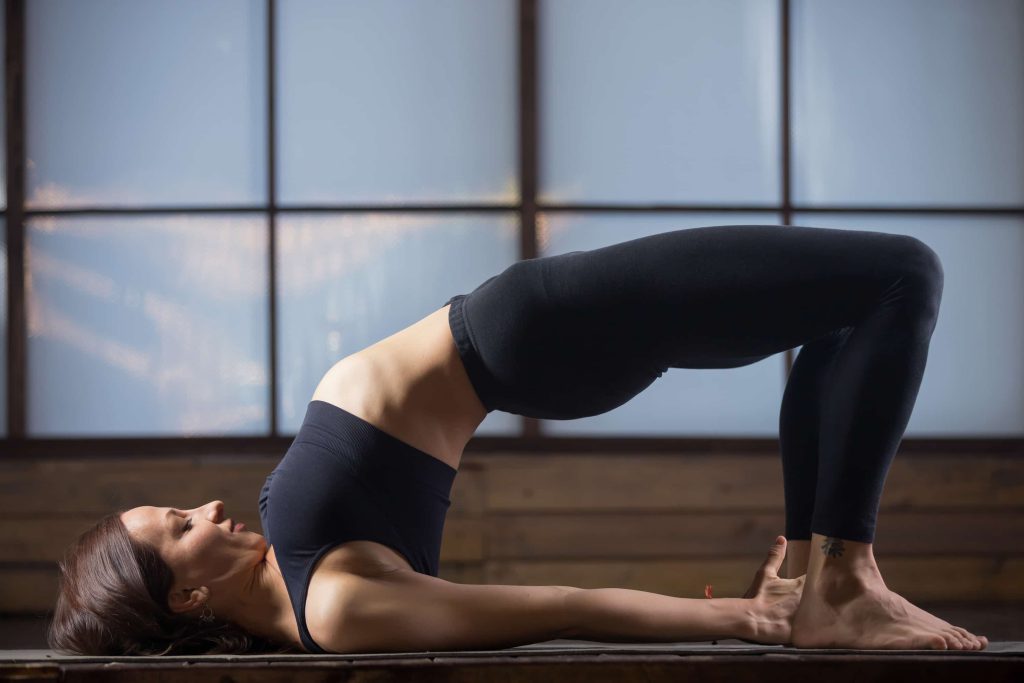
This pose helps to strengthen the glutes, hamstrings, and lower back.
- Lie on your back with your knees bent and your feet flat on the mat.
- Lift your hips up towards the ceiling, pressing your feet and arms into the mat.
- Keep your chin tucked towards your chest and take several deep breaths, feeling the strength in your lower body.
- Corpse Pose (Savasana)
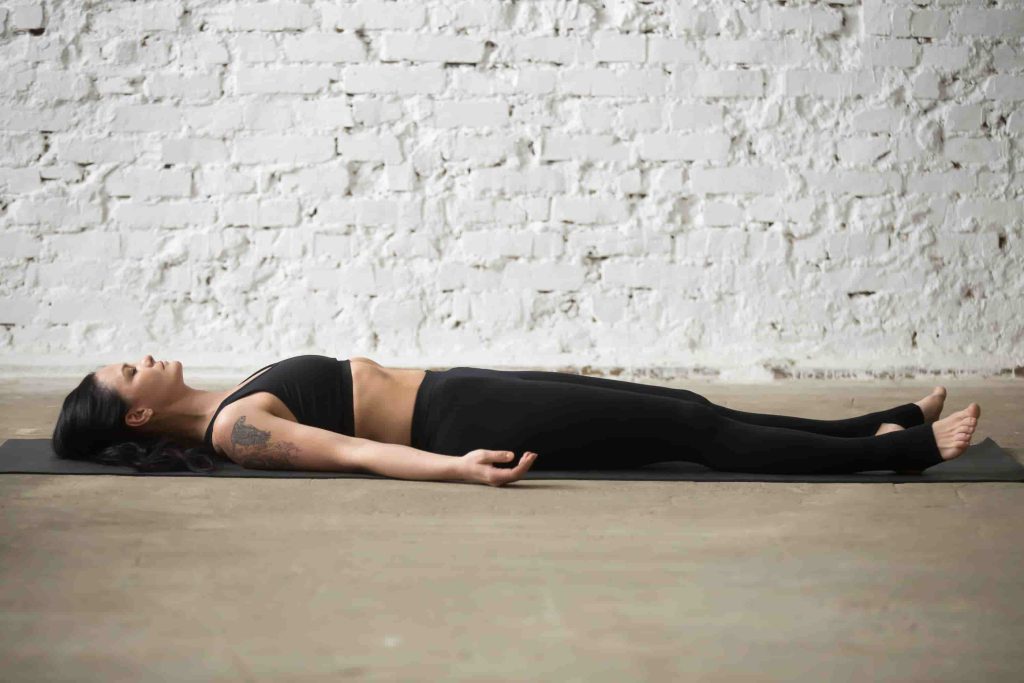
This is a final resting pose that helps you relax and integrate the benefits of your practice.
- Lie on your back with your arms at your sides and your legs extended.
- Close your eyes and take several deep breaths, feeling your body become completely still and relaxed.
- Stay in this pose for several minutes, allowing yourself to fully let go and release any tension in your body.
Tips for Beginner Yoga Practitioners
As a beginner to yoga, it’s important to remember a few key tips to make your practice safe and enjoyable:
- Listen to your body and don’t push yourself too hard. Yoga is about finding the balance between effort and ease.
- Focus on your breath and use it as a tool to help you stay present and centered.
- Be patient and don’t expect to master every pose right away. It takes time and practice to build strength and flexibility.
- Find a qualified yoga teacher who can guide you in your practice and answer any questions you may have.
- Stay hydrated and fuel your body with healthy foods to support your practice.
Conclusion
Organic exercise is a simple and effective way for beginners to incorporate physical activity into their daily routine. By following the tips and exercises outlined in this guide, you can improve your health and well-being while enjoying the benefits of organic exercise.
FAQs
Yes, organic exercise can be very effective for improving strength, endurance, cardiovascular health, and overall well-being.
It is recommended to exercise for at least 30 minutes a day, five days a week. However, this can vary depending on your fitness level and goals.
It’s important to consult with your healthcare provider before starting any exercise routine, especially if you have a medical condition.
Some examples of bodyweight exercises include push-ups, squats, lunges, and planks.
Table of contents
Read more:
Contents
- Benefits of Organic Exercise for beginners
- Getting Started with Organic Exercise for beginners
- Types of Organic Exercise for beginners
- Tips for a Successful Organic Exercise Routine
- Beginner yoga exercises
- Why Yoga is Good for Beginners
- Equipment Needed for Beginner Yoga Exercises
- Beginner Yoga Exercises
- Tips for Beginner Yoga Practitioners
- Conclusion
- FAQs
- Table of contents
